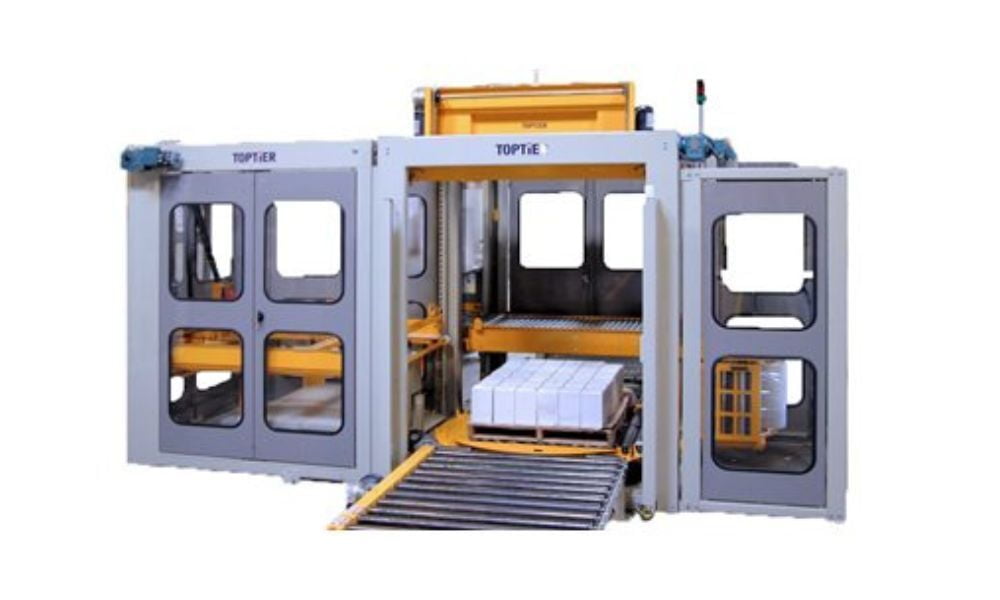
In today’s fast-paced logistics world, warehouse managers must be increasingly innovative to keep up with the changing demands of global commerce. One critical aspect that can improve a warehouse’s efficiency and decrease labor costs is palletizing. Palletizing is revolutionary in the material handling process, yet many people have a limited understanding of what it entails. This comprehensive guide aims to provide you with a broad understanding of palletizing. Here’s everything you need to know about what palletizing is and what it means for your business.
What Is Palletizing?
Palletizing refers to the process of stacking different objects or packages onto pallets in a specific pattern or orientation. Pallets are flat, portable platforms made of wood, plastic, or metal designed to support and transport goods. Sorting items in particular ways helps streamline the storage, transportation, and handling of products by creating uniform unit loads. It ensures that goods are more stable and makes it easier to ship and transport materials within a warehouse, distribution center, or end location.
Types of Palletizing
There are four main types of palletizing methods to know about. Each has its benefits and drawbacks, depending on the size of your warehouse operation and the type of goods you’re handling. So as we dive into these categories, make sure you keep your needs and restrictions in mind.
Manual Palletizing
This method consists of a worker manually placing items onto a pallet. This is the most labor-intensive and time-consuming method but is common for smaller warehouse operations or palletizing goods with unique shapes.
Semi-Automatic Palletizing
In this method, workers place packages onto a conveyor system, and an automated machine stacks the products onto a pallet according to a set pattern. This approach allows for a reduction in physical labor and faster palletizing.
Automatic Palletizing
As timelines become more stringent, automatic palletizing machines become more popular. An automatic palletizer uses sensors, conveyors, and other specialized equipment to create fully automated pallet stacking. This approach requires minimal human intervention and offers faster output.
Robotic Palletizing
You can even invest in robot aid for this process if you need it. Robotic palletizing uses robotic arms to precisely pick and stack packages onto pallets. They’re highly flexible, allowing them to handle various products with different shapes, sizes, and weights. This type of palletizing is easy to adjust and modify based on your needs.
How To Implement Palletizing in Your Warehouse
Now that you know what palletizing is and the available options, it’s time to dive into what you need to know about bringing it into your workplace. Before implementing a palletizing solution, assess your warehouse layout, equipment needs, and staff training requirements. Depending on the complexity of the system, it may be best to consult with professionals specializing in warehouse optimization or automation. They can assist in designing an appropriate palletizing solution for your operation and ensure a seamless transition.
Palletizing plays a crucial role in optimizing warehouse efficiency. Therefore, implementing the right palletizing method is essential for warehouse managers looking to stay one step ahead in the logistics world. This is where we at PackSmart can help. We carry a diverse range of automatic palletizing machines that can streamline your operations. Contact us today to learn more.
